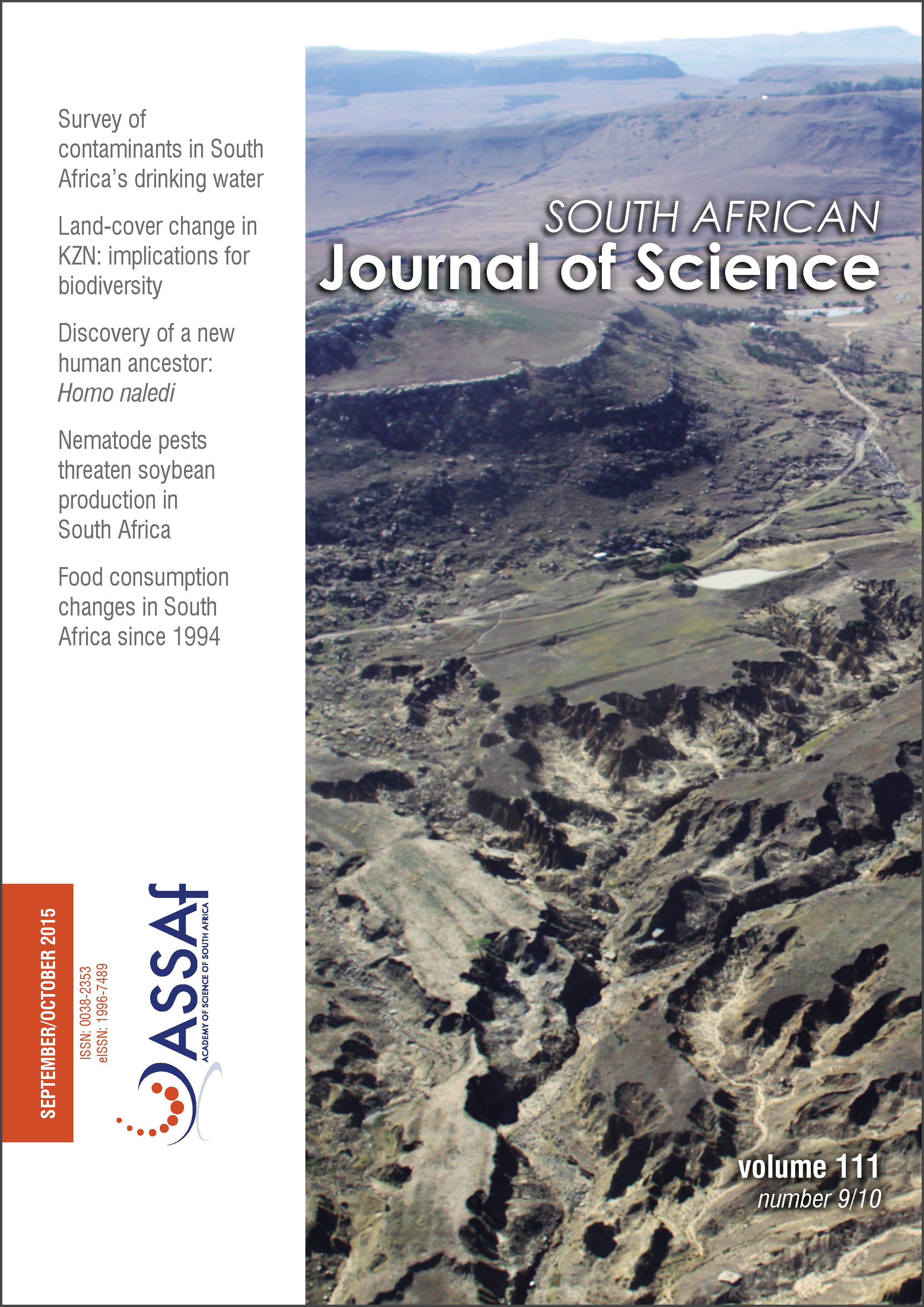Revealing the social face of innovation
DOI:
https://doi.org/10.17159/sajs.2015/20140126Keywords:
social innovation, inclusive development, rural municipalities, actor-oriented approachAbstract
Despite the introduction of social innovation in the 1996 White Paper on Science and Technology, the concept of social innovation has not been actively implemented or even diffused outside of the policy arena in South Africa. Perceptions about what the concept of social innovation should encompass are contested and range from ideas of social welfare outcomes, public goods and a primary focus on the poor. More recently, the emphasis has been on inclusive development that embraces and supports the poor as innovators and which incorporates elements of social and economic development. While contestation in terminology persists, evidence from South Africa’s rural areas suggests that although there may be limited state intervention, hampered by structural constraints, and limited understanding of contemporary ideas about innovation and social innovation, local actors practise a variety of forms of social innovation. In most instances, the purpose is to improve social and economic well-being of the poor. Such innovation activities occur almost as widely and as often as strictly commercially oriented innovation activities. However, it is unclear from observed social innovation practices who should benefit from these practices (the poor or everyone), how (directly or indirectly) and when (immediately or gradually). It is suggested that extensive use of the actor-oriented sociological approach to understanding social dynamics in both science and development can provide a means of understanding the subtleties involved in innovation practices and its use should be adopted to address structural challenges within the National System of Innovation that mediate against the contribution of innovations to the poor for inclusive development.
Published
Issue
Section
License

All articles are published under a Creative Commons Attribution 4.0 International Licence
Copyright is retained by the authors. Readers are welcome to reproduce, share and adapt the content without permission provided the source is attributed.
Disclaimer: The publisher and editors accept no responsibility for statements made by the authors
How to Cite
- Abstract 574
- PDF 475
- EPUB 212
- XML 223












.png)